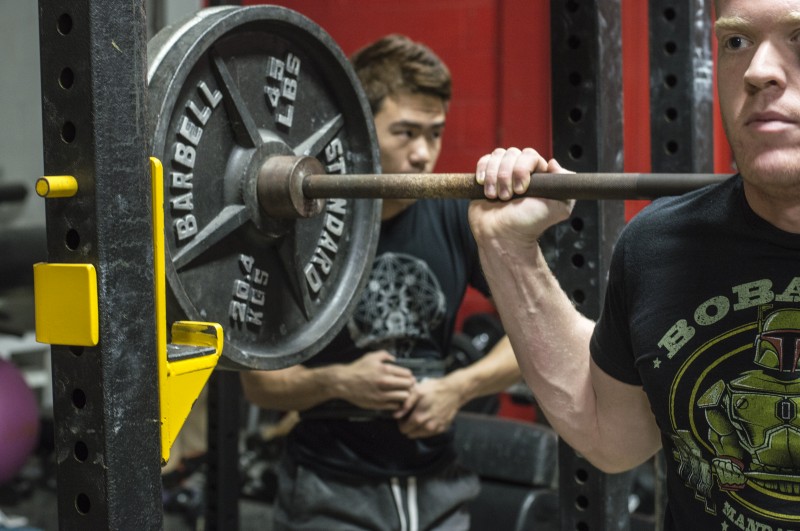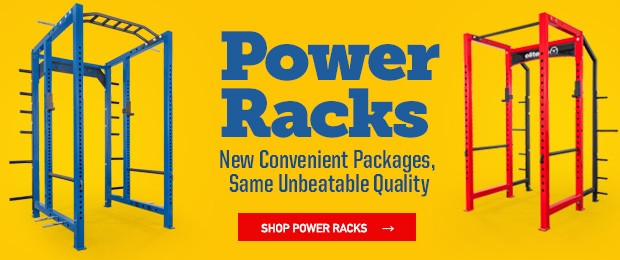
The training of the off-season needs to be handled with precision. Ideally, the trainer/coach/programmer needs to approach the individual athlete's training protocol in accordance with improving the strength measurable for the given athlete. Now, there are many ways to program the athlete. The next several written installments will outline case studies/athletes pertaining to various demographics in powerlifting.
The previous installment examined the premise of the off-season and outlined the importance of accounting for the following factors:
- Time-Dependence
- In-Season Success(es)
- Skills Assessment(s)
- Strength Improvement of Premised Measurables
- The Transition into Competitive Season
However, these dependencies are the driving factors of the off-season. Consider this lifter: A 25-year-old male competitive athlete with a training body weight of 187 pounds, height of five feet, seven inches, two-hour weigh-in at 181 pounds, 15-24 months competitive experience in competitive powerlifting, with limited prior adolescent athletic skills development, and with competitive measurables of a 450-pound squat, 300-pound bench press, and a 500-pound deadlift. The athlete has mainly used submaximal periodized methods of training and has completed fewer than seven competitions. The athlete is now realizing that there are issues of traction on the squat, namely folding at the waist rather than the adduction of the hips, the locking out of the press, and inability to keep core tightness and a neutral spine when initiating the conventional deadlift. The next three installments will examine this athletic case study pertaining to each discipline in powerlifting.
Many powerlifting enthusiasts will call the squat the primary competitive discipline that separates powerlifting from its close and misinterpreted sister sport, Olympic weightlifting. In the most simplistic representation, the powerlifting acceptable version of the squat is quite simple. The competitor simply waits for an audible command to lower the hips until they are below the top aspect of the knee joint. This concept is highly debated in powerlifting circles, yet it really is that simple in terms of what is being asked of the competitor. However, when we look at the best competitors of all time, we see that there is a notable difference between a poor or unsuccessful powerlifting acceptable squat attempt and perhaps a record breaking squat attempt.
In reference to our case study, we find that the athlete has some issues in his squat that are limiting his performance from the previous competitive season. As mentioned, these issues include folding of the waist and poor adduction of the hips. When it comes to building the squat, it is best to remember that there are five primary catalysts of improvement, and they are as follows:
- Hip Mobility
- Diaphragm Pressure/Abdominal Conditioning
- Posterior/Lumbar Conditioning
- Quadriceps/Gluteal Conditioning
Taking into account that this athlete is utilizing a submaximal periodized method of training of the squat, it could be easy to assume that most of his squat training is primarily based on frequent barbell loadings of 75%-85% of either training or competitive maximum. The training of percentile strength needs to be taken into consideration if the athlete’s competitive and training maximum are of greater than a seven-percent deviance. This would change the prescribed loadings for an ideal training sequencing.
For example, 75% of 450 plus a maximum deviation of 7% would be a difference of loading of 340, as compared to 370, when rounded to the neared achievable barbell load in pounds. This, in itself, would lend to the definition of “overtraining." Now, since this athlete is utilizing a periodized approach, it is quite acceptable to believe that one or more areas of conditioning for the squat are being undervalued. Given that the athlete is folding at the waist in addition to the lack of adduction, it would be easy to correlate the athlete's lack of squat development with lack of hip mobility, poor abdominal conditioning, and posterior and lumber conditioning.
A coach/athlete/programmer may read this and say, "Man, this athlete must really have issues.” Please, do not be alarmed. These issues are extremely common among novice and advanced novice athletes. Furthermore, it's quite an easy fix that, yes, will take time, but will yield notable increases in improvement competitively once all the deficiencies are addressed.
In the next written installment, the sample squat template will be reintroduced and put into practice with our athletic case study, with the premise of improving the described competitive deficiencies and sporting measurables.












4 Comments